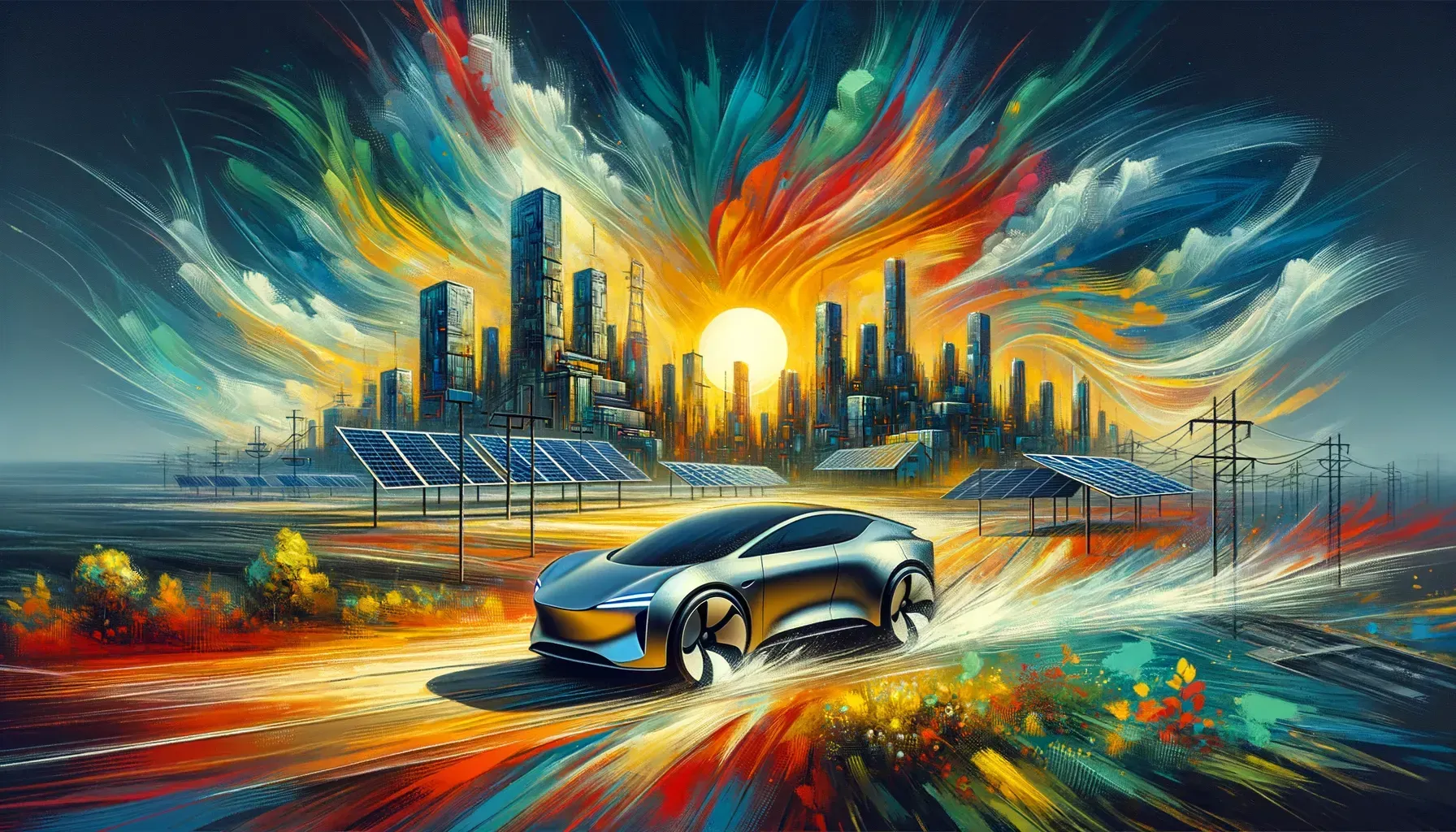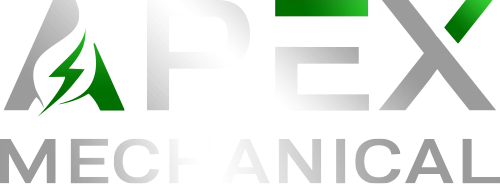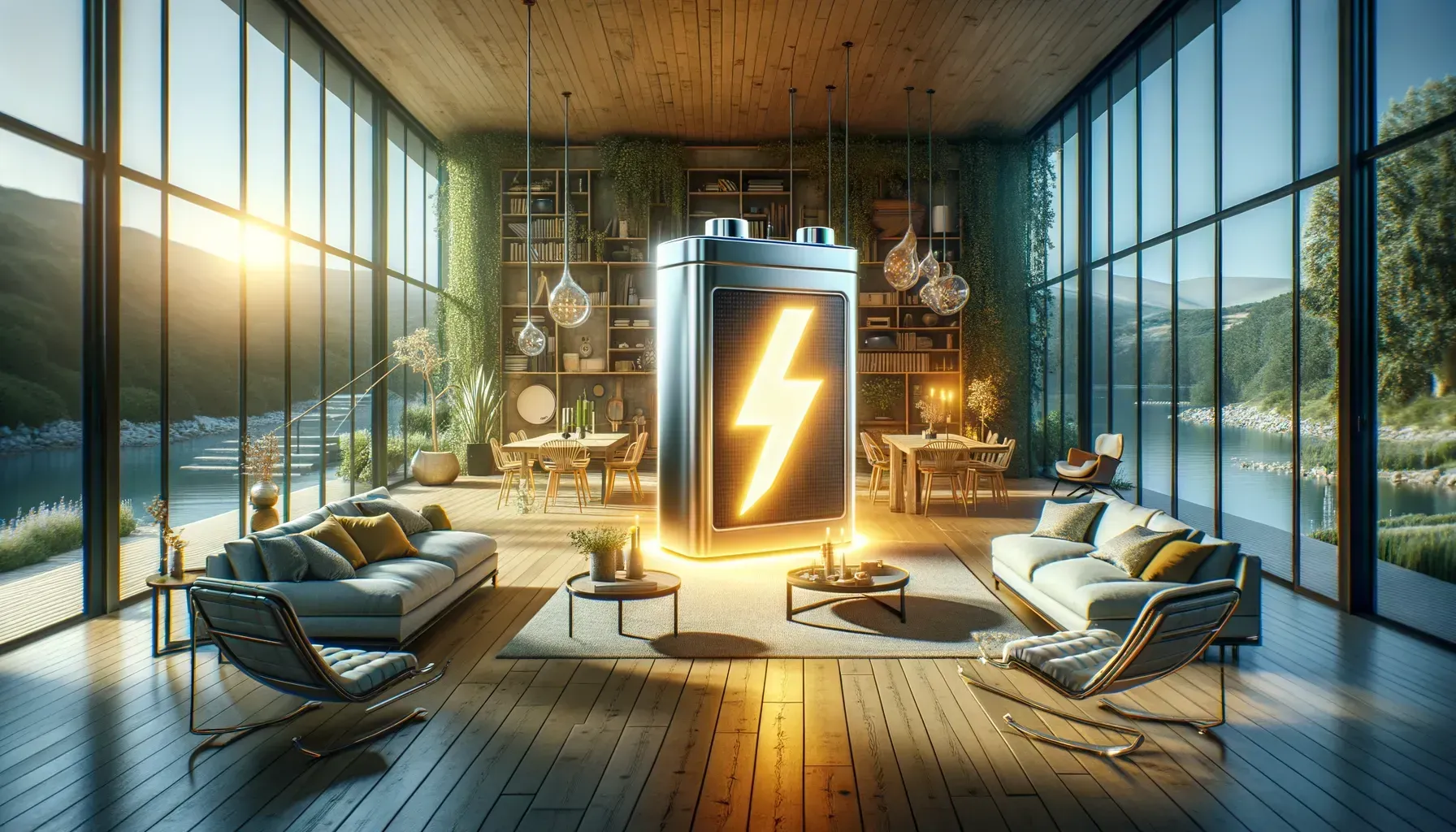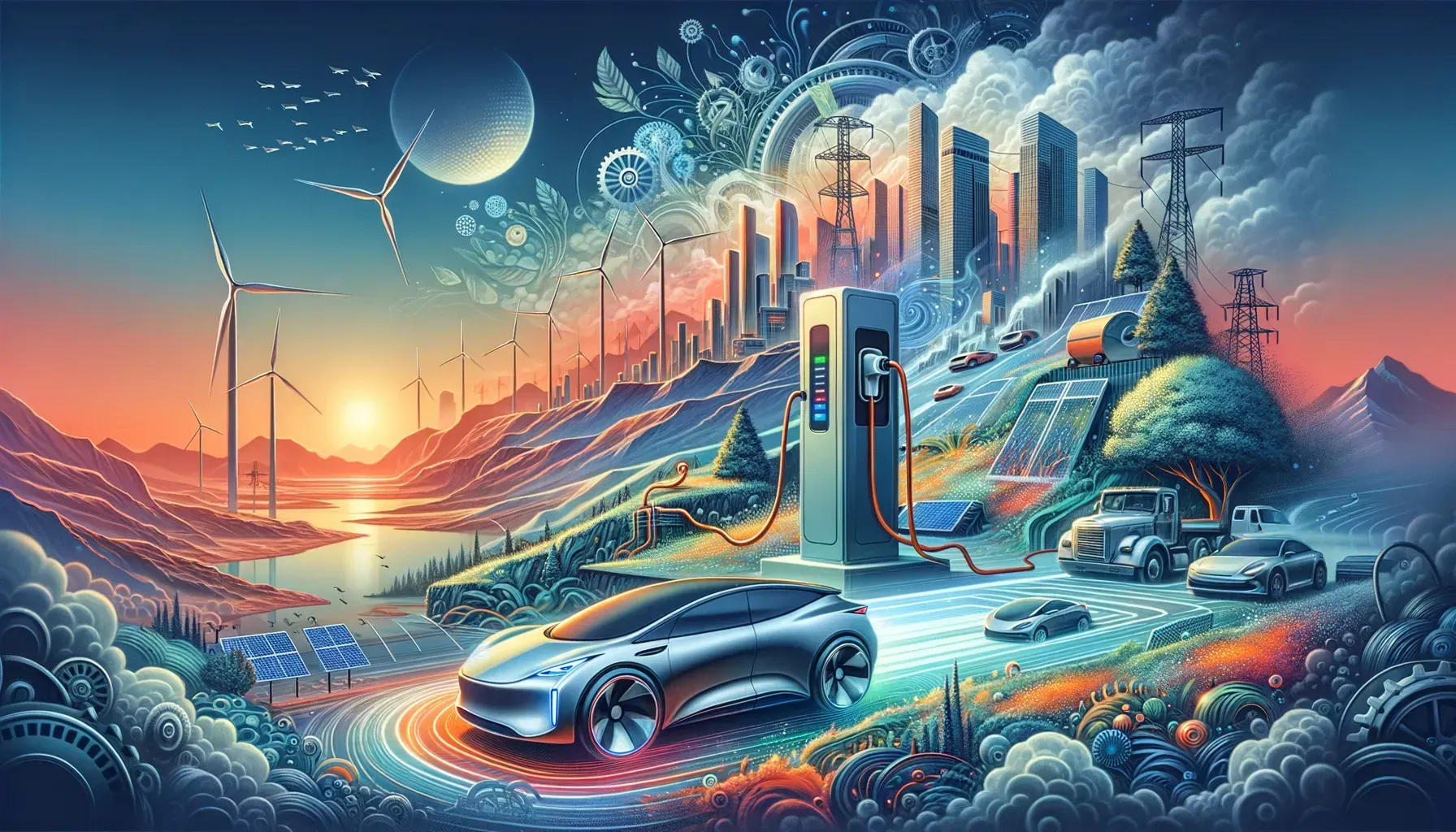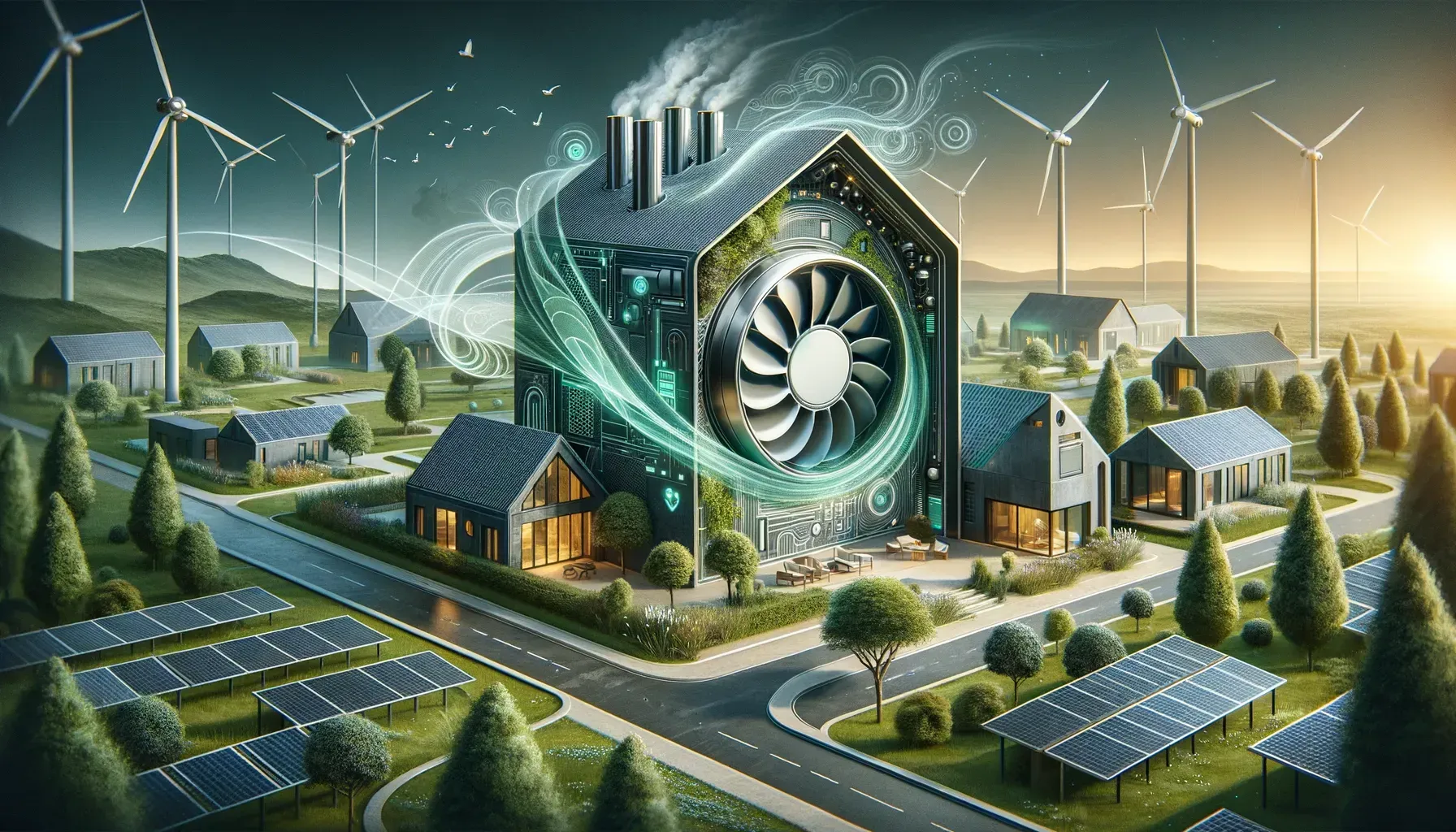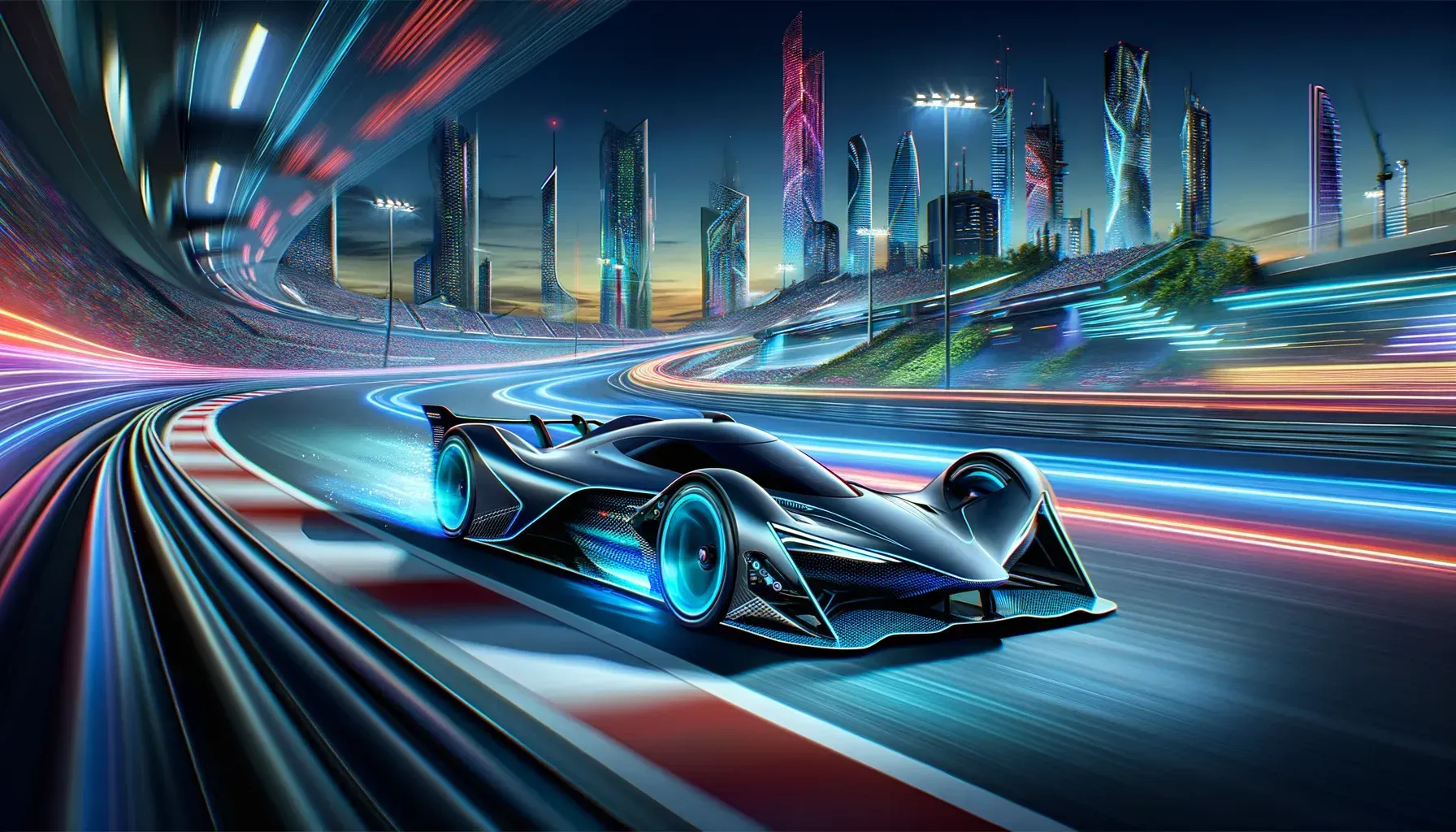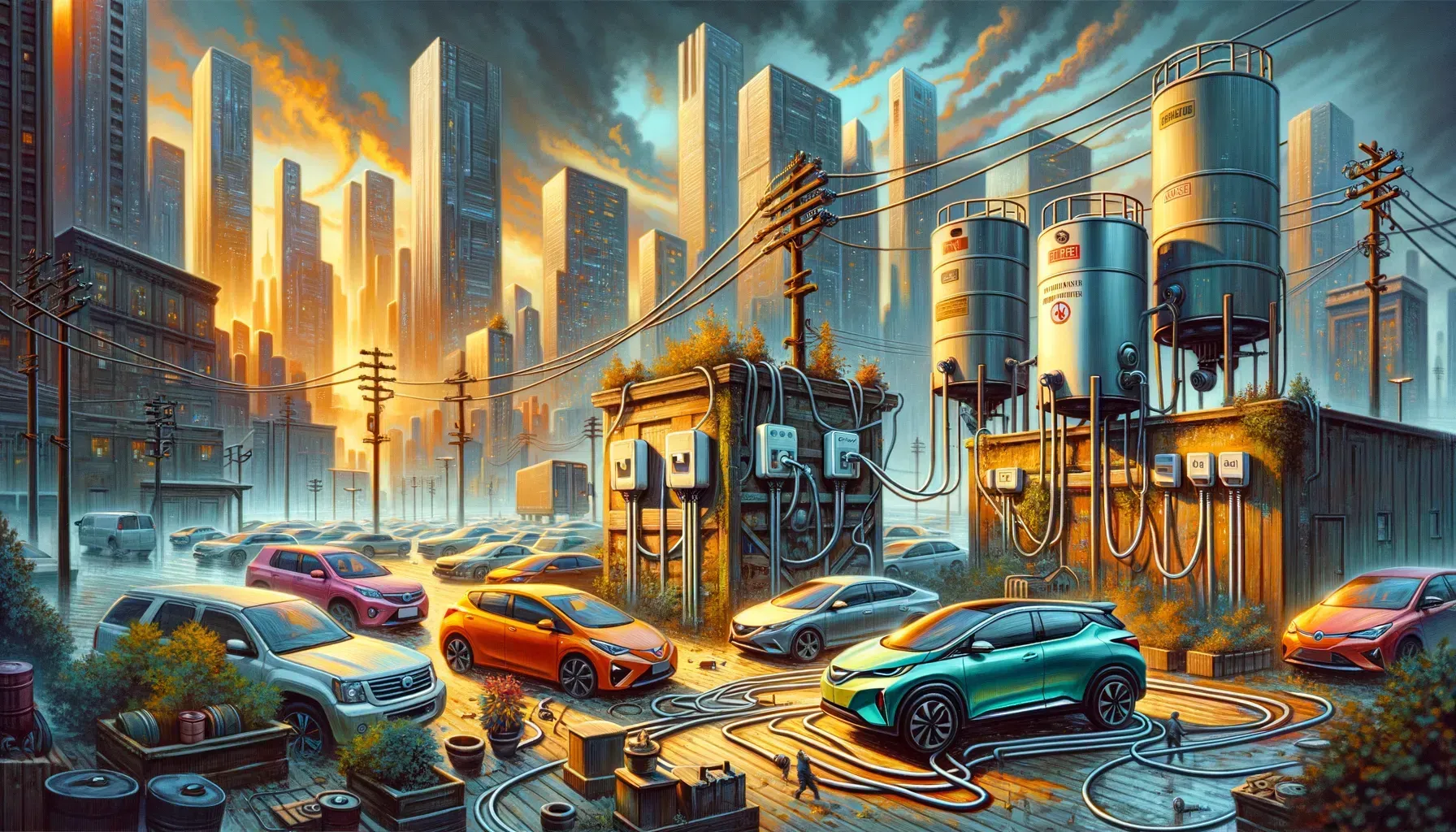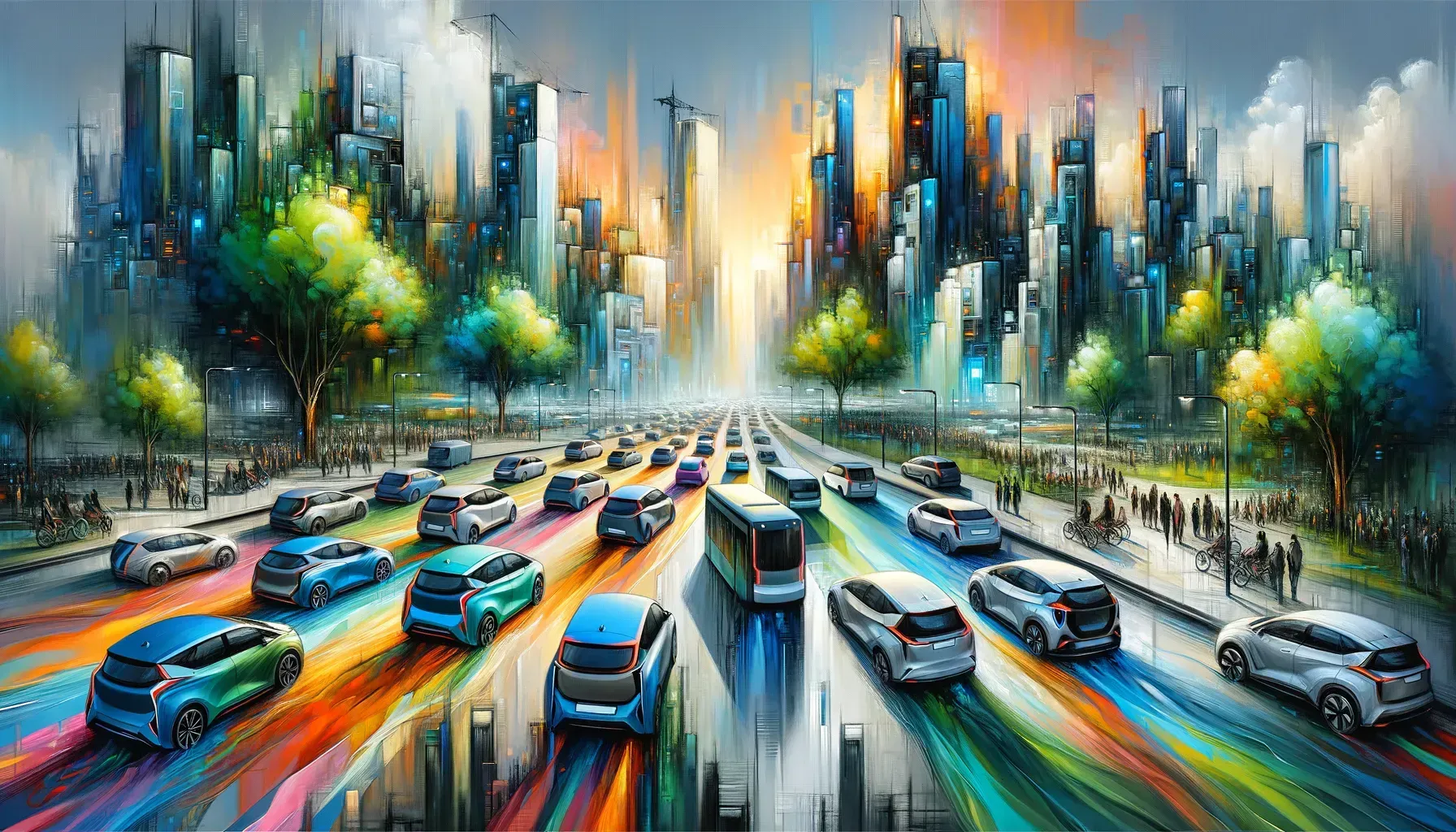Why Your Car Might Power Your Home Next: The Bidirectional Charging Revolution
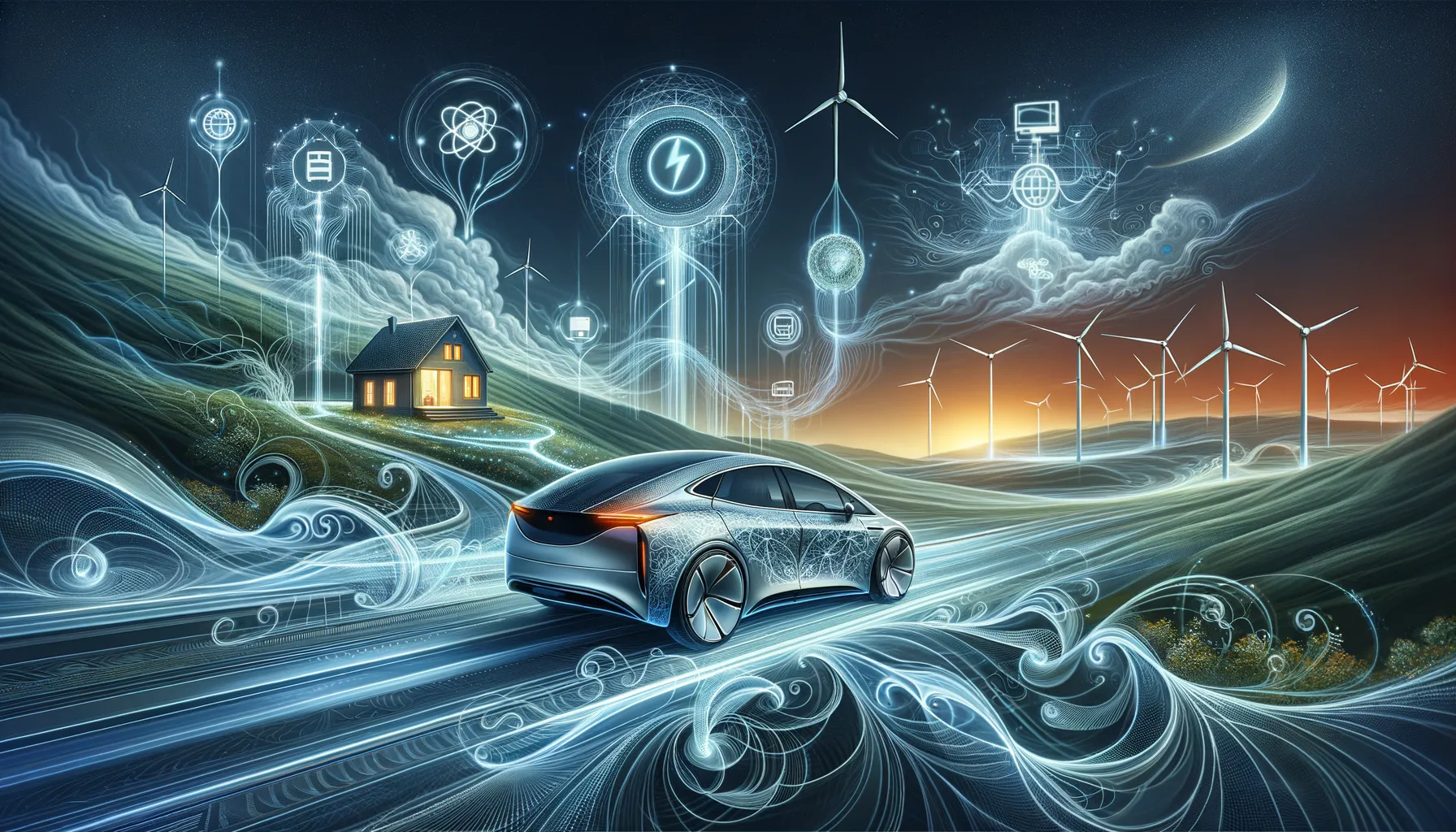
One Wednesday morning, staring at a thunderstorm and a $300 power bill, a neighbor recalled: “If only my car could keep the fridge running and the lights on.” Turns out, that’s not science fiction. Bidirectional EV charging is making it possible for cars to serve double-duty as backup batteries and grid lifelines—right in your driveway. Before you dismiss this as the stuff of Silicon Valley fever dreams, let’s unpack how these clever chargers are quietly upending what it means to drive an electric car (and maybe, just maybe, survive the next blackout unscathed).
Beyond the Plug: What Is Bidirectional Charging (and Why Should Anyone Care?)
Bidirectional EV Charging is rapidly emerging as a game-changer in the world of electric vehicles and home energy management. Unlike traditional charging, which only allows energy to flow one way—from the grid or solar panels into your car—bidirectional charging enables two-way energy transfer. This means your Electric Vehicle Battery can both store and discharge energy, turning your car into a versatile Backup Power Source for your home or even the wider grid.
So, why does this matter? For starters, an average EV battery holds around 65kWh of energy. To put that in perspective, a Tesla Powerwall—one of the most popular home batteries—offers just 13.5kWh. In other words, a single EV can store the equivalent of nearly five Powerwalls. That’s a massive leap in home energy storage potential, and it’s not just theoretical. Research shows that using your EV as a battery can dramatically change how you manage energy costs, keep your lights on during outages, and even support the grid during peak demand.
How Bidirectional Charging Works
The heart of bidirectional charging lies in its ability to move energy both into and out of the vehicle. A bidirectional charger acts like an advanced inverter, converting AC power from the grid to DC for charging the car, and reversing the process—DC to AC—when sending energy back to your home or the grid. This process is more complex than standard charging and requires specialized hardware, including safety features to isolate your home from the grid during outages.
There are three main applications for this technology:
- Vehicle-to-Grid (V2G): Your EV supplies stored energy back to the grid during times of high demand, helping stabilize the power system and potentially earning you bill credits or other compensation.
- Vehicle-to-Home (V2H): Your EV powers your home, either in real-time or during outages, acting as a Backup Power Source that far exceeds the capacity of most stationary batteries.
- Vehicle-to-Load (V2L): Your EV provides AC power directly to appliances or devices, making it a flexible solution for off-grid situations or emergencies.
Why Should Anyone Care?
Bidirectional EV Charging is not just about convenience—it’s about transforming every parked car into a valuable energy asset. As Jason Svarc, a solar and battery specialist, puts it:
Bidirectional EV charging is set to turn every parked car into an energy asset.
Imagine storing cheap or excess solar energy in your car during the day, then using it to power your home in the evening when electricity rates spike. Or, during a blackout, your EV automatically supplies backup power to keep essential appliances running. Studies indicate that this two-way energy flow can help balance grid loads, reduce reliance on fossil-fuel peaker plants, and even lower your energy bills.
Real-World Impact: More Than Just Backup Power
Today’s EVs are already demonstrating these capabilities. For example, the Ford F-150 Lightning can deliver up to 9.6kW of AC power through built-in outlets—enough to run major appliances or even an entire home for hours. Hyundai, Kia, Genesis, and BYD models offer Vehicle-to-Load features, letting owners power tools, fridges, or computers directly from their cars. Meanwhile, V2G pilots with Nissan Leaf and Mitsubishi Outlander PHEV are showing how thousands of EVs can work together to support the grid during peak demand.
Vehicle-to-Home (V2H) is gaining traction as well. With the right setup—a compatible EV, a bidirectional charger, and safety hardware—homeowners can tap into their car’s battery whenever needed. The advantage is clear: a typical EV battery dwarfs the capacity of most home batteries, offering days of backup power or the flexibility to shift energy use and save on costs.
What’s Next for Bidirectional Charging?
While not every EV on the market supports bidirectional charging yet, the landscape is changing fast. Major automakers like Ford, Nissan, Volkswagen, and Hyundai are rolling out new models and firmware updates to enable these features. Regulatory changes and advances in charger technology are also making it easier for homeowners to participate in Vehicle-to-Grid (V2G) and Vehicle-to-Home (V2H) programs.
In short, bidirectional charging is poised to make Electric Vehicle Batteries an integral part of home and grid energy strategies. Whether it’s saving money, boosting resilience, or supporting a cleaner grid, the reasons to care are multiplying—one parked car at a time.
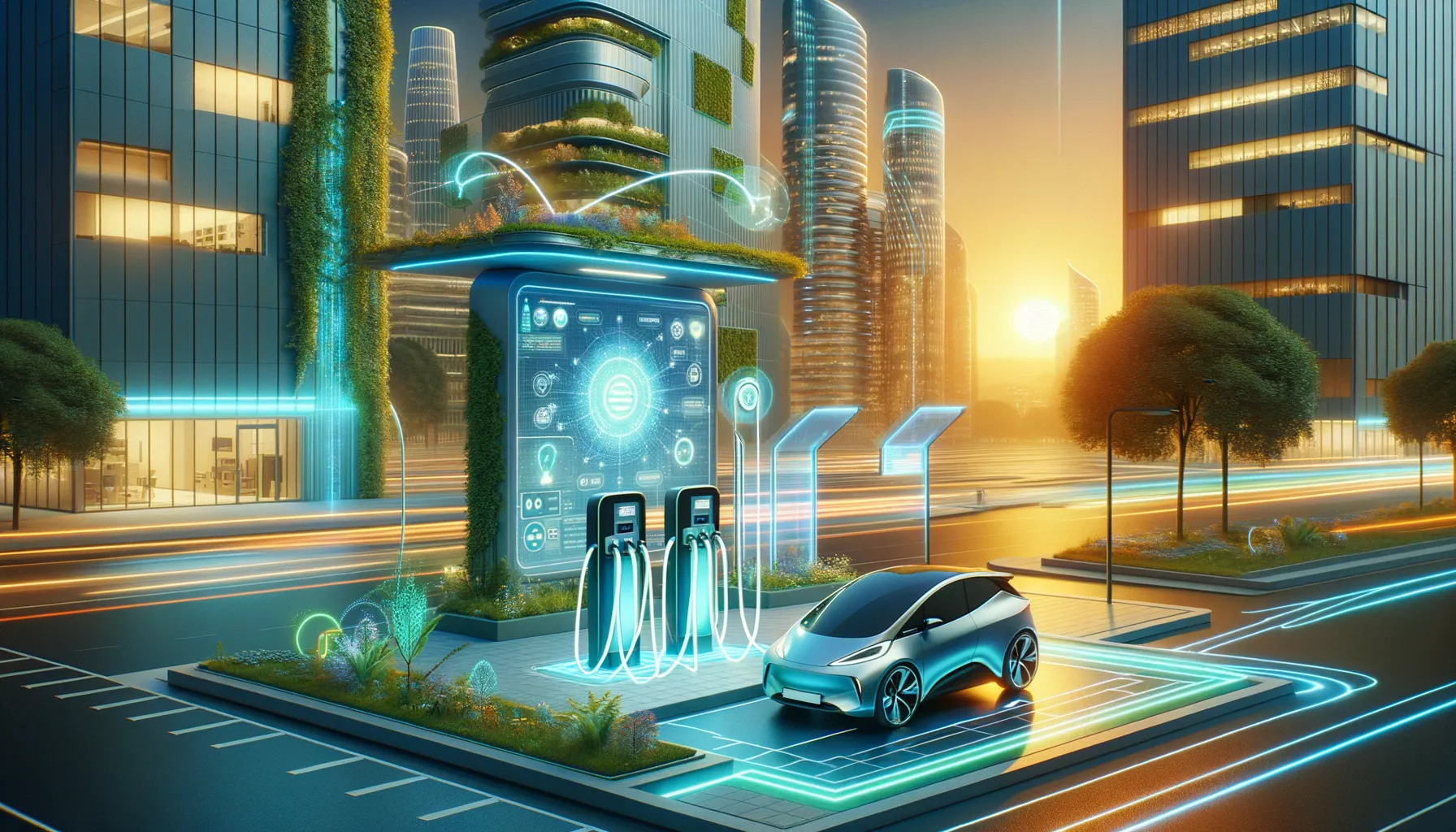
Tech in the Trenches: Real-World Challenges with Bidirectional Chargers
Bidirectional Charging Technology is rapidly reshaping how electric vehicles (EVs) interact with homes and the power grid. While the promise of using your car as a backup generator or grid-support asset is compelling, the reality is that the technology is far from plug-and-play. In practice, deploying Vehicle-to-Grid (V2G) and Vehicle-to-Home (V2H) solutions involves a maze of technical, compatibility, and regulatory hurdles.
Complexity and Cost: Why Bidirectional Chargers Aren’t Simple Upgrades
Unlike standard EV chargers, bidirectional chargers must act as advanced inverters, seamlessly converting AC power from the grid to DC for the car’s battery—and then reversing the process when sending energy back to the home or grid. This two-way power flow requires sophisticated electronics, robust software, and critical safety hardware. As a result, these chargers are more expensive and complex than their unidirectional counterparts.
For genuine home backup, the system needs more than just a charger. It often requires:
- Current transformers (CT meters) to monitor power flow
- Automatic transfer switches (ATS) to isolate the home from the grid during outages (islanding)
- Extensive testing and certification for safety and compliance
As Jason Svarc, a leading solar and battery specialist, puts it:
Safety is non-negotiable—complex systems demand equally robust safeguards.
EV Charger Compatibility: A Patchwork of Standards and Support
One of the biggest challenges in the current Charging Architecture is compatibility. Not all EVs can support bidirectional charging, and those that do often rely on specific charging ports or proprietary systems. The Nissan Leaf and Ford F-150 Lightning are early leaders, but even among these, the approach varies:
- Nissan Leaf: Uses CHAdeMO connector, supports both V2G and V2H with chargers like the Wallbox Quasar 2.
- Ford F-150 Lightning: Employs CCS DC charging, enabling V2H and V2L through the Ford Home Integration System.
- Volkswagen ID models and Cupra Born: Announced support for bidirectional charging, but full compatibility depends on firmware updates and specific home power stations.
Other models, such as the Hyundai Ioniq 5, Kia EV6, Genesis GV60, and BYD Atto 3, offer Vehicle-to-Load (V2L) features, allowing users to power appliances directly from the car, but may not support full V2G or V2H capabilities.
Research shows that most new EVs in 2024 feature CCS DC charging as standard, yet bidirectional support is not universal. Even with successful independent tests—like the July 2024 demonstration of V2G and V2H on unmodified Tesla Model 3 and Y in Europe—official manufacturer endorsement and support remain pending.
Regulatory Challenges: Technology Outpaces Policy
While the technical side of bidirectional charging is advancing, regulatory frameworks are struggling to keep up. Participation in grid-support programs, such as virtual power plants (VPPs), can earn EV owners bill credits or financial incentives. However, the rules around safety, standardization, and grid disconnection protocols are still evolving.
For example, in many regions, bidirectional chargers must meet strict requirements for grid isolation to prevent backfeeding during outages—a critical safety concern. Certification processes, local utility approvals, and evolving standards (like ISO15118-2) add layers of complexity for both manufacturers and consumers.
This regulatory lag means that, despite the technology’s potential, mass adoption is slowed by unresolved policy questions. As of 2024, the race between technological innovation and regulatory adaptation is ongoing, with some roadblocks still firmly in place.
Hardware and Integration: Not All Brands Play Nicely
Genuine home backup with an EV isn’t a one-size-fits-all solution. Beyond the charger itself, additional hardware—such as CT meters, ATS, and compatible home energy management systems—must be integrated and tested. Brands often use proprietary standards, making cross-compatibility a challenge. For instance, the Wallbox Quasar 2 supports a growing list of models for both V2G and V2H, but not every EV is eligible.
Studies indicate that safety features and regulatory compliance are critical for the deployment of bidirectional chargers. Compatibility varies widely by model and manufacturer, and while some vehicles are ready for this revolution, others are still catching up.
The Bottom Line: A Promising, Yet Complicated, Road Ahead
Bidirectional Charging Technology is on the cusp of transforming how we think about energy, but the journey from concept to reality is filled with technical, compatibility, and regulatory challenges. As more manufacturers and policymakers tackle these issues, the dream of powering your home—or even the grid—with your car edges closer to everyday life.
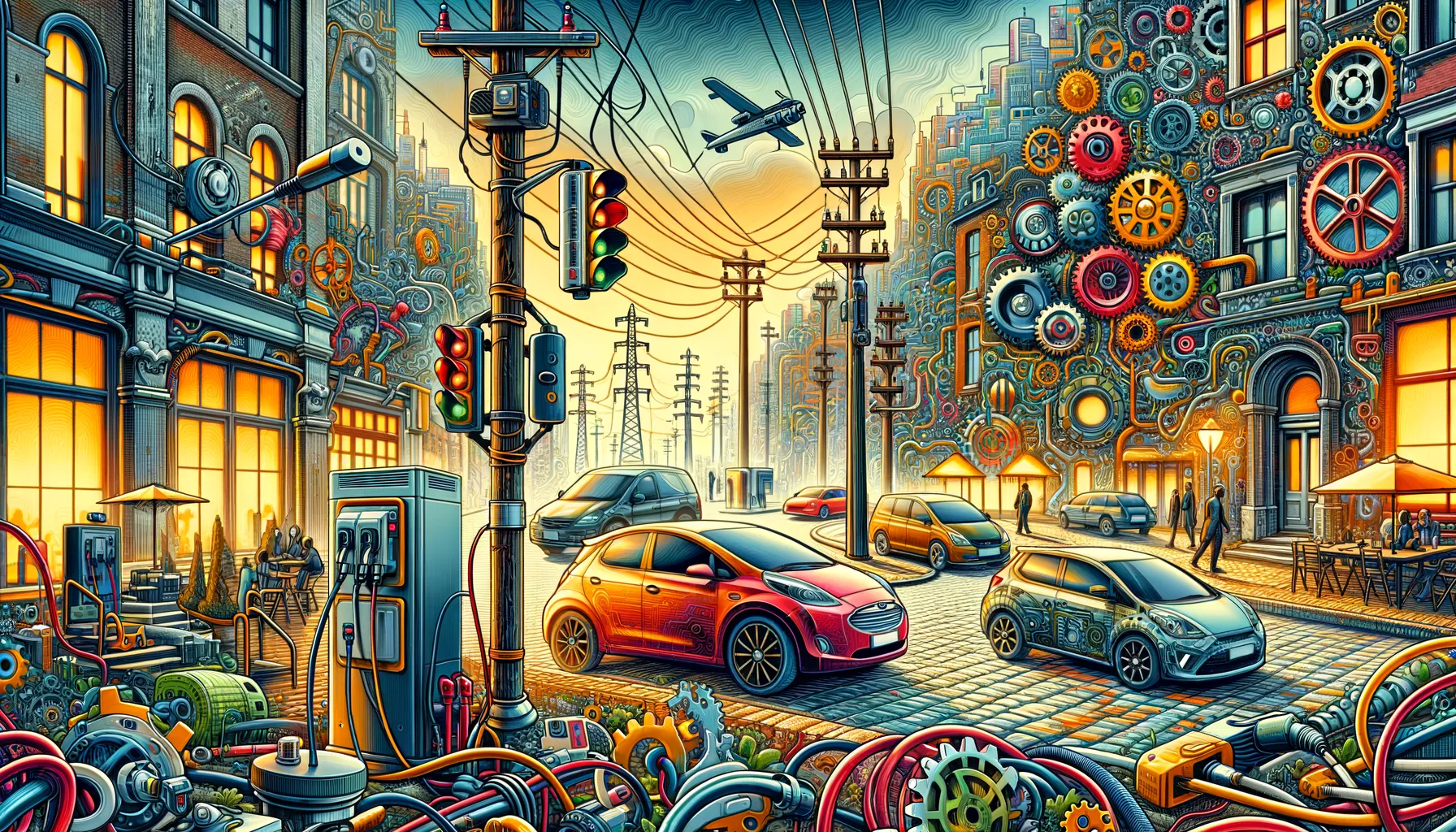
From Blackouts to Backyard Parties: Everyday Uses for Vehicle-to-Load (V2L)
Imagine a world where your car is more than just a way to get from point A to point B. Thanks to the latest advances in bidirectional charging, that world is already here. Vehicle-to-Load (V2L) technology is quietly transforming the role of electric vehicles, turning them into flexible backup power sources for homes, businesses, and even outdoor adventures. As research shows, bidirectional charging supports V2L applications, expanding the utility of EVs far beyond traditional transportation. The latest EV models, such as the Hyundai Ioniq 5, Kia EV6, Genesis GV60, and Ford F-150 Lightning, are leading the way in making this technology accessible and practical for everyday use.
So, what exactly is Vehicle-to-Load? In simple terms, V2L allows you to plug standard appliances directly into your EV, drawing power from the car’s battery via built-in inverters. Unlike more complex bidirectional charging systems that require special home integration or grid interaction, V2L is refreshingly straightforward. There’s no need for a dedicated bidirectional charger or complicated installation. The car itself supplies AC power, often through standard outlets or a V2L adapter connected to the charging port. Output varies by model—Ford’s F-150 Lightning offers up to 9.6kW across four 2.4kW outlets, while the Hyundai Ioniq 5, Kia EV6, and Genesis GV60 each provide a robust 3.6kW. The BYD Atto 3 delivers 2.4kW, as confirmed by independent field tests, and other models like the MG ZS EV (2022) and BYD Seal are joining the ranks.
The practical applications of V2L are as diverse as they are compelling. During a blackout, you might run an extension cord from your EV to keep your refrigerator humming, lights on, or critical medical devices powered. One user shared,
“Seeing my fridge run off the car during last summer’s blackout was both surreal and reassuring.”It’s a simple solution that can make a world of difference when the grid goes down. But the uses don’t stop at emergencies. V2L is a game-changer for camping trips, outdoor movie nights, or even powering tools at a remote job site. Suddenly, the idea of “portable power” takes on a whole new meaning—your car becomes a mobile generator, ready to support whatever adventure or challenge comes your way.
Research indicates that V2L is especially valuable for those living off-grid or in areas prone to outages. When paired with solar panels, a V2L-equipped EV can supplement or even replace traditional backup generators. For example, with the right setup and a qualified electrician, V2L output can be routed to a home’s backup distribution board, enhancing energy resilience. In off-grid solar systems, the car’s battery can act as an additional storage resource, supporting self-sufficiency and reducing reliance on diesel or gas generators. Field tests, such as those conducted on the BYD Atto 3, have shown that V2L outputs are reliable and match manufacturer claims, giving users confidence in real-world scenarios.
What makes V2L stand out in the landscape of bidirectional charging explained is its accessibility. While Vehicle-to-Grid (V2G) and Vehicle-to-Home (V2H) require more advanced hardware and regulatory compliance, V2L is available today in many of the latest EV models without the need for extra infrastructure. This democratizes backup power, making it available to a wider range of EV owners. As more manufacturers embrace V2L and expand compatibility, the potential for EV battery storage to support daily life continues to grow.
Ultimately, V2L is the unsung hero of EV energy tech. Whether you’re facing a disaster or just want to host a celebratory barbecue in the backyard, the flexibility of V2L redefines what it means to have portable, reliable power. As the technology matures and more vehicles adopt these features, it’s clear that the best tech upgrades are often the most practical—quietly empowering us in ways we never imagined. The bidirectional charging revolution isn’t just about the future of transportation; it’s about transforming how we live, work, and play, one EV at a time.
TL;DR: Bidirectional charging is rewriting the rulebook for electric vehicles, giving everyday drivers the power to support the grid, slash bills, or keep the lights on during outages—all from their driveway. While the tech isn’t universal yet, it’s advancing quickly, with new models and features emerging in 2024.
